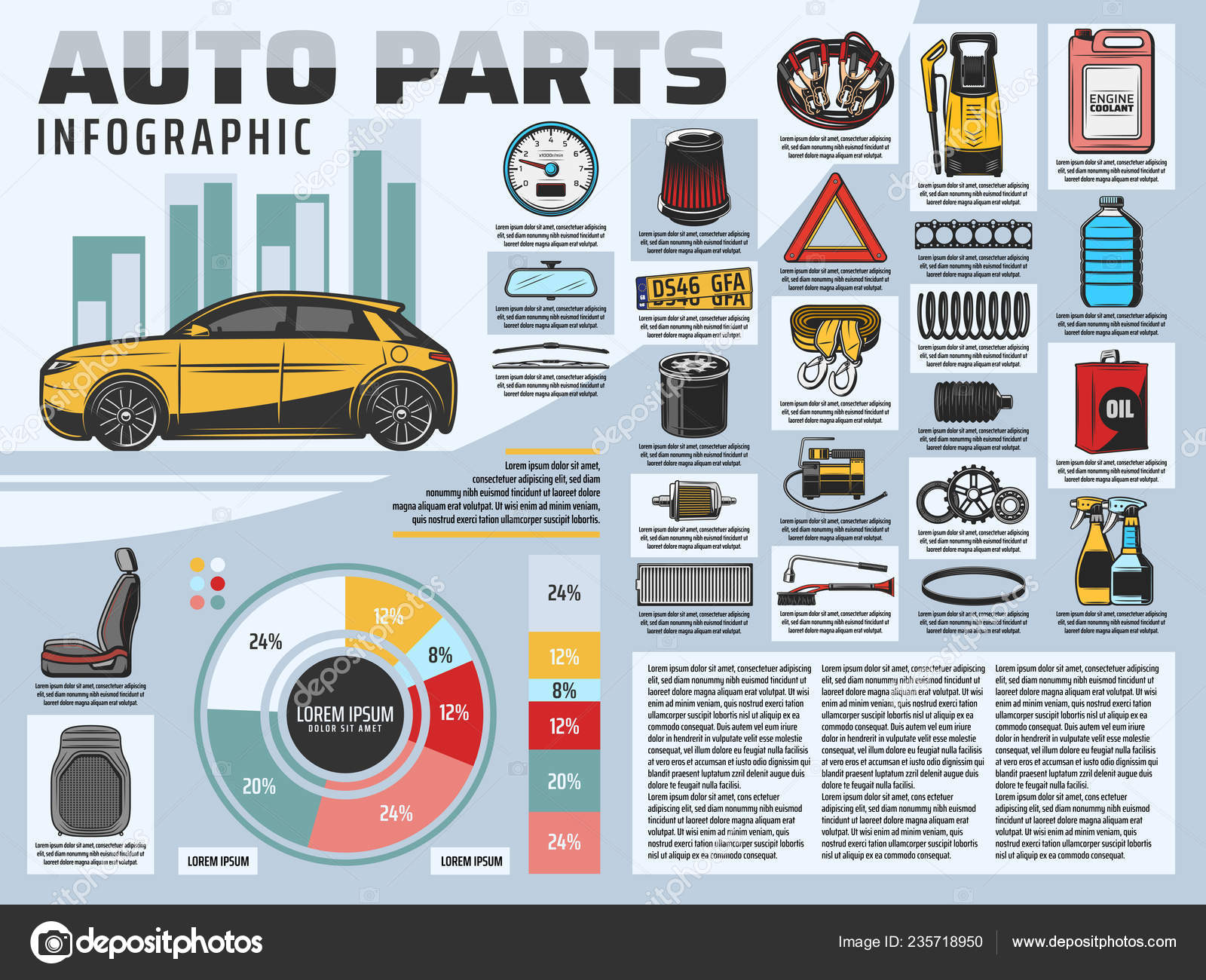Interested In Recognizing The Warning Lights On Your Vehicle'S Dashboard? Discover Their Relevance For Your Vehicle'S Security And General Condition
Interested In Recognizing The Warning Lights On Your Vehicle'S Dashboard? Discover Their Relevance For Your Vehicle'S Security And General Condition
Blog Article
Material Produce By-Hartley Winters
When you're behind the wheel, those beautiful warning lights on your dashboard can be a bit complicated. Do you recognize what they're attempting to inform you regarding your car's wellness? Comprehending the significance of these lights is important for your safety and the long life of your automobile. So, the following time among those lights pops up, would not you intend to analyze its message precisely and take the required steps to resolve it?
Common Caution Lights and Interpretations
Recognize common caution lights in your automobile and understand their significances to guarantee safe driving.
The most common warning lights consist of the check engine light, which signals problems with the engine or discharges system. If this light comes on, it's critical to have your vehicle checked promptly.
The oil stress cautioning light shows reduced oil stress, requiring immediate attention to prevent engine damages.
A blinking battery light might suggest a defective billing system, potentially leaving you stranded if not addressed.
The tire stress monitoring system (TPMS) light informs you to low tire pressure, affecting vehicle stability and gas performance. Neglecting this can result in hazardous driving conditions.
The abdominal muscle light indicates a problem with the anti-lock braking system, compromising your ability to stop quickly in emergency situations.
Lastly, the coolant temperature level advising light warns of engine overheating, which can lead to severe damages otherwise dealt with swiftly.
Recognizing these typical caution lights will certainly assist you deal with concerns promptly and keep secure driving conditions.
Significance of Prompt Attention
Recognizing the usual caution lights in your auto is just the first step; the relevance of without delay resolving these cautions can't be emphasized sufficient to guarantee your safety when traveling.
When https://ecutuningforbeginners17395.blogrelation.com/38250609/exactly-how-can-mobile-car-describing-change-your-vehicle-care-experience-while-ensuring-high-quality-discover-the-key-factors-to-take-into-consideration-before-picking-a-detailer illuminates on your dashboard, it's your automobile's means of interacting a prospective problem that needs attention. Ignoring these warnings can result in much more severe problems in the future, endangering your safety and security and possibly costing you much more out of commission.
Trigger interest to advising lights can stop breakdowns and accidents. For example, a flashing check engine light might indicate a misfire that, if left ignored, might trigger damage to the catalytic converter. Resolving this immediately can save you from a pricey repair work.
Likewise, a brake system cautioning light may indicate reduced brake liquid or used brake pads, crucial elements for your security when driving.
Do It Yourself Troubleshooting Tips
If you observe a caution light on your dashboard, there are a couple of DIY fixing ideas you can try before seeking specialist assistance.
The first step is to consult your vehicle's manual to comprehend what the details warning light indicates. Occasionally Click On this website can be as easy as a loose gas cap triggering the check engine light. Tightening up the gas cap might fix the trouble.
An additional typical problem is a reduced battery, which can set off various advising lights. Inspecting the battery connections for rust and guaranteeing they're secure could repair the problem.
If a warning light lingers, you can attempt resetting it by detaching the automobile's battery for a few minutes and afterwards reconnecting it. In addition, checking your vehicle's fluid levels, such as oil, coolant, and brake liquid, can aid troubleshoot cautioning lights connected to these systems.
Conclusion
Finally, comprehending your automobile's caution lights is important for maintaining your car running efficiently and safely. By quickly addressing these signals and knowing what they suggest, you can prevent pricey repair work and prospective breakdowns.
Bear in mind to consult your cars and truck's guidebook for particular details on each warning light and take action appropriately to make sure a trouble-free driving experience.
Keep informed, stay risk-free when driving!
